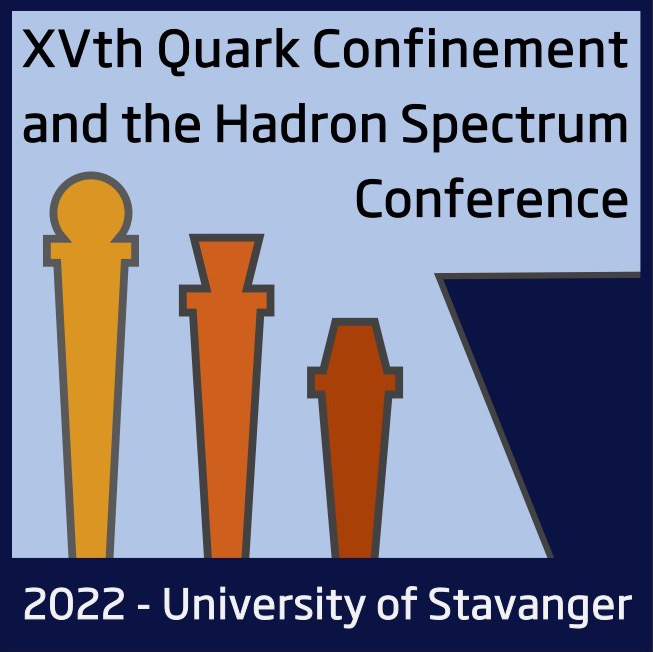Speaker
Description
The ability to accurately observe two or more particles within a very small time window has always been a great challenge in modern physics, while holding great potential. It opens the possibility for correlation experiments, as for example the ground-breaking Hanbury Brown-Twiss experiment, that can lead to physical insights. For low-energy electrons, one possibility is to use a micro-channel plate with subsequent delay-lines for the readout of the incident particles. With such a detector, the spatial and temporal coordinates of more than one particle can be fully reconstructed outside a certain dead-radius. For close-by events, the determination of the individual positions of the particles using a delay-line detector requires elaborated peak finding algorithms. While classical methods work well for single hits, they fail at identifying and reconstructing multiple hits when they get very close. In order to increase the resolution for close double hits, we train a recurrent neural network to recover the peak positions. We show that the temporal and spatial resolution for double hits is greatly improved with the application of deep neural networks compared to previously used methods.

